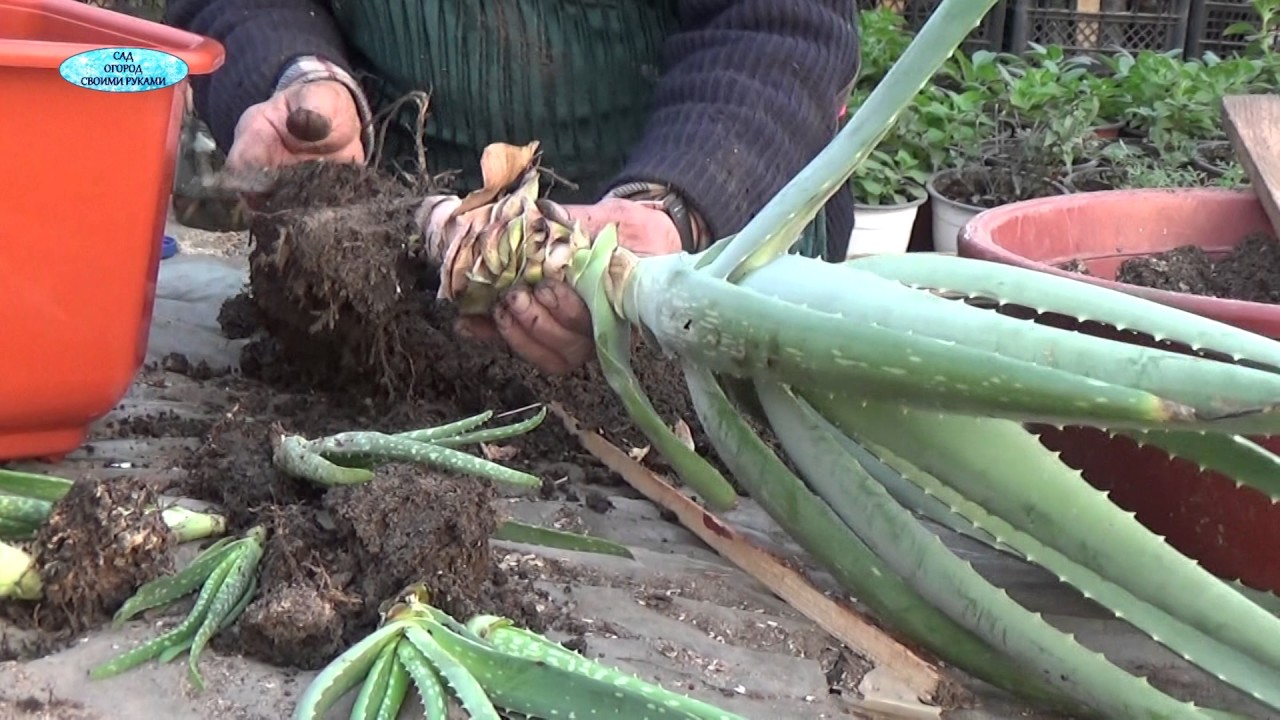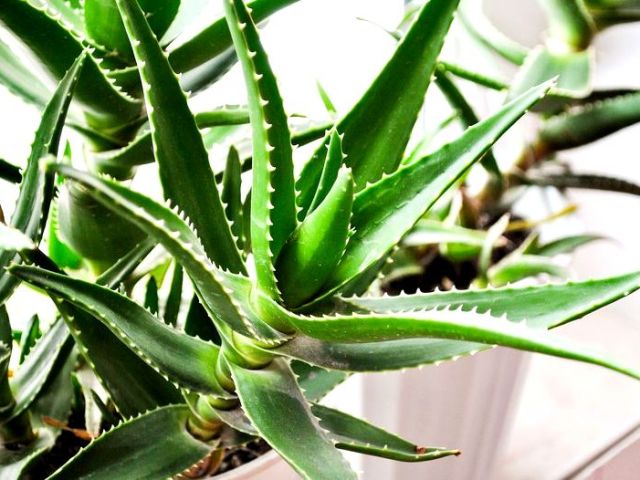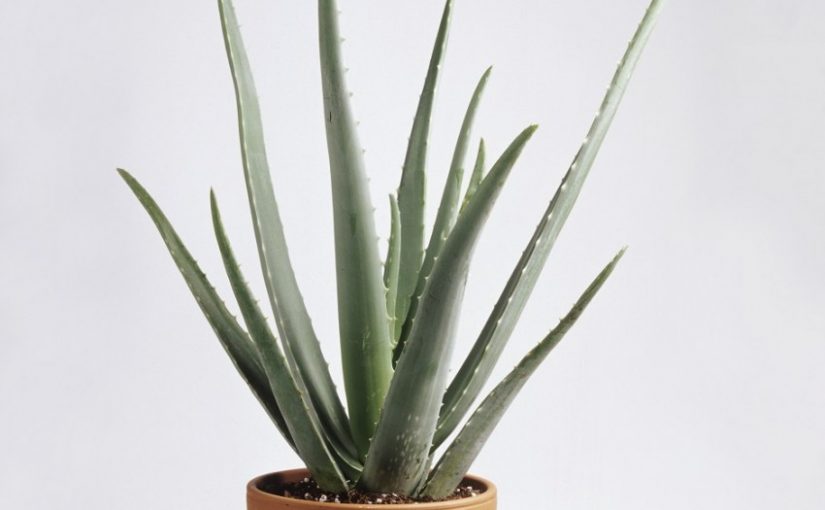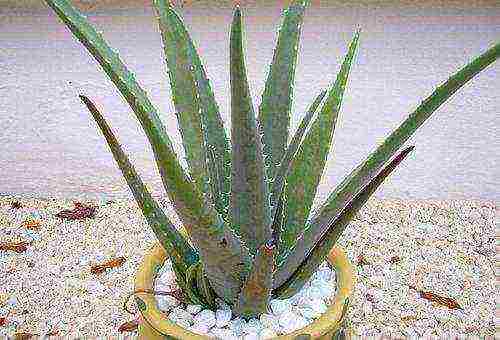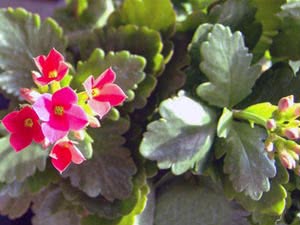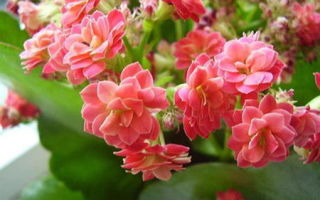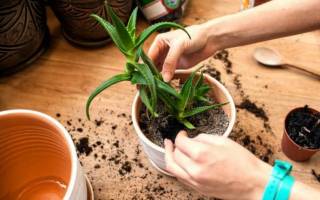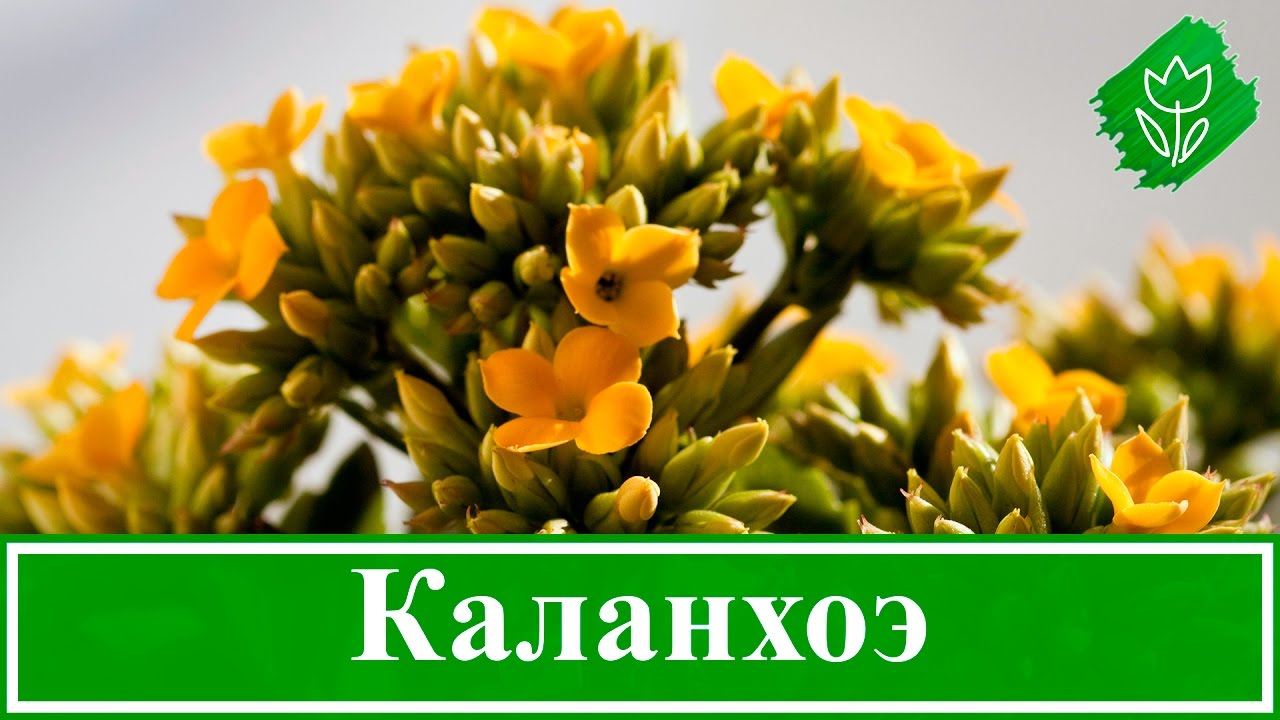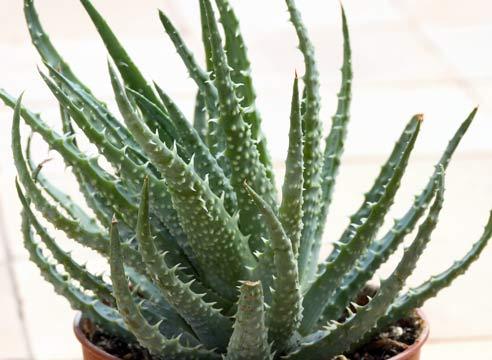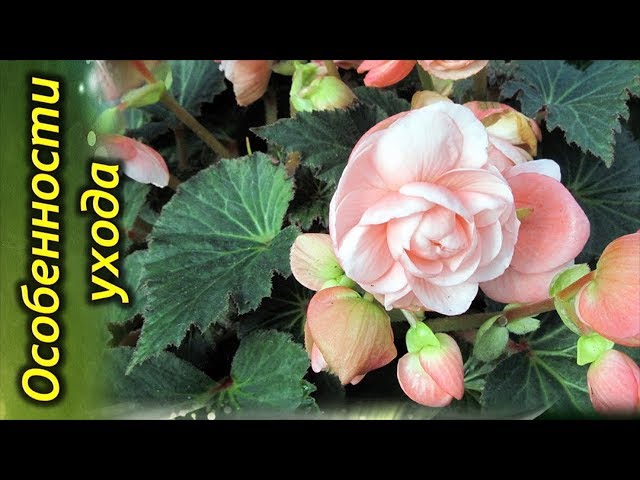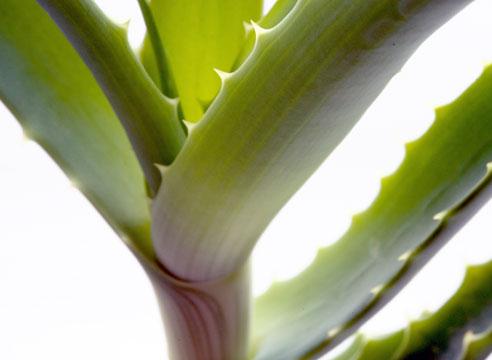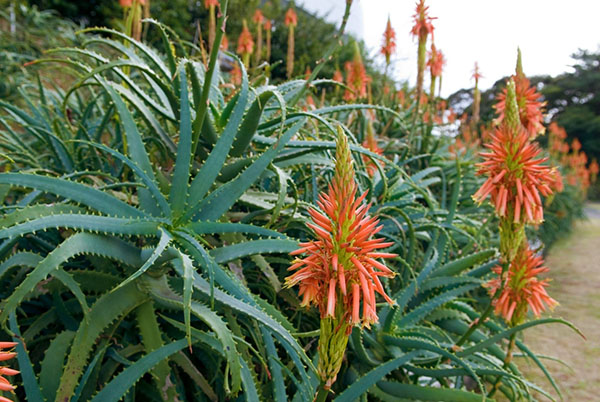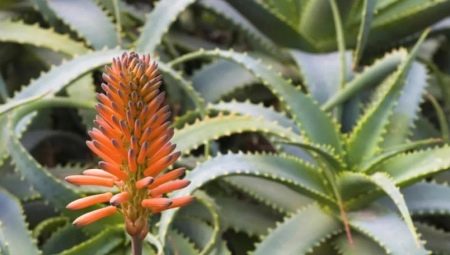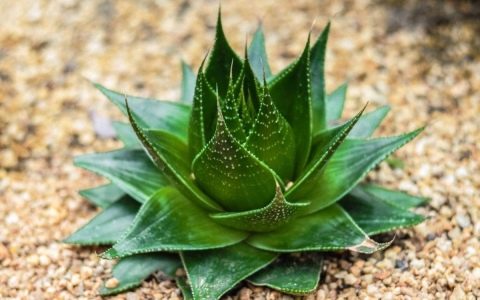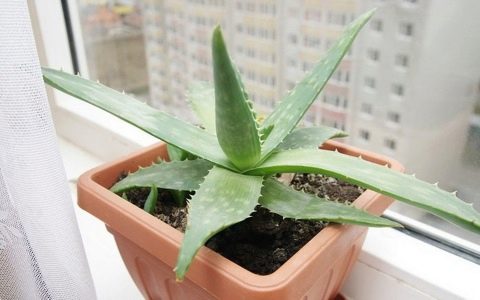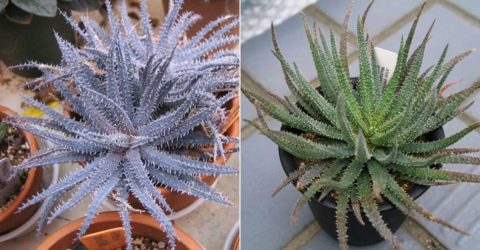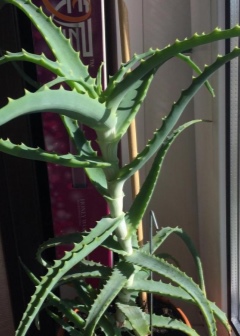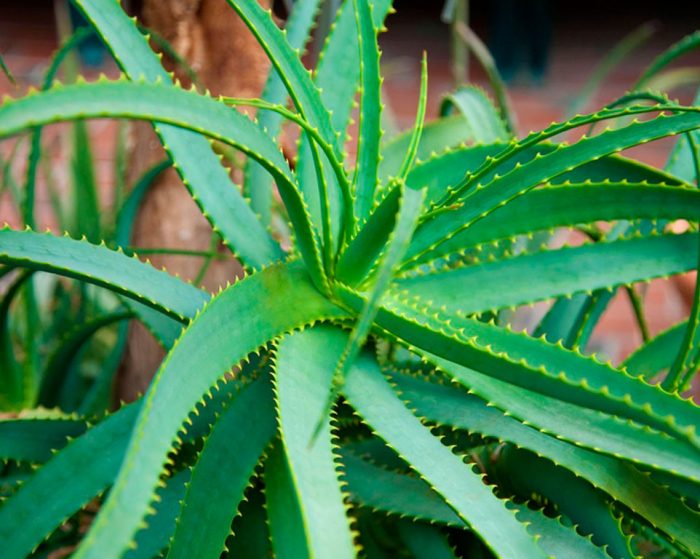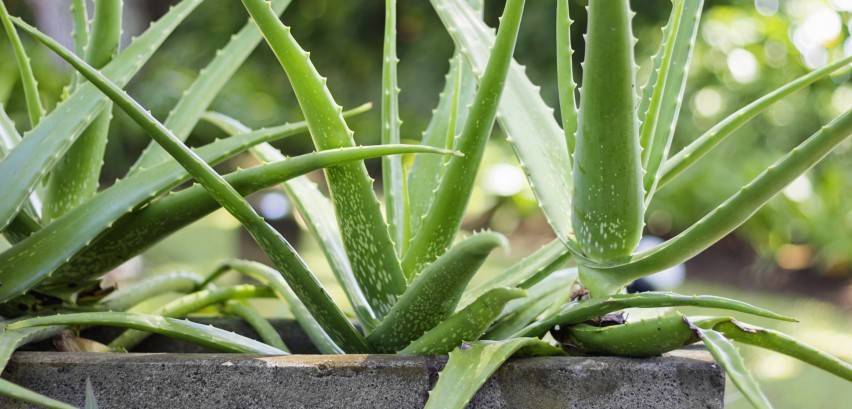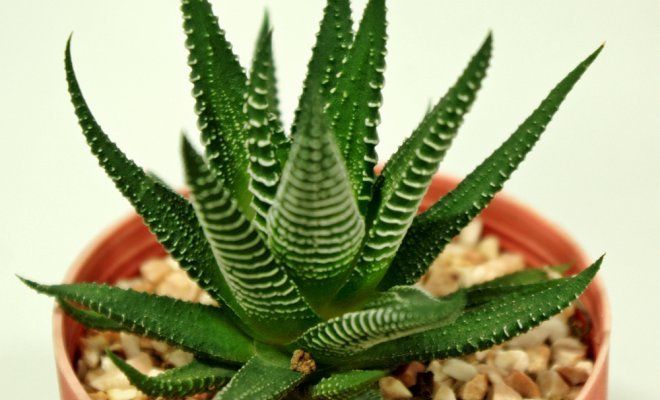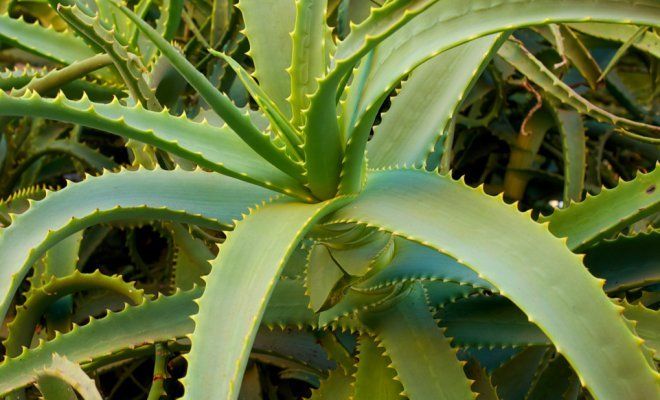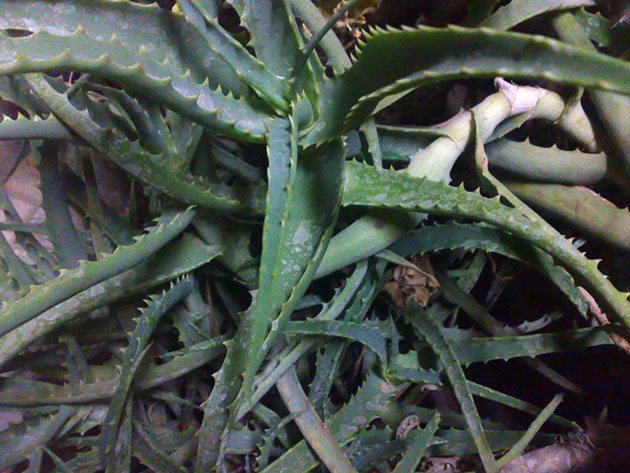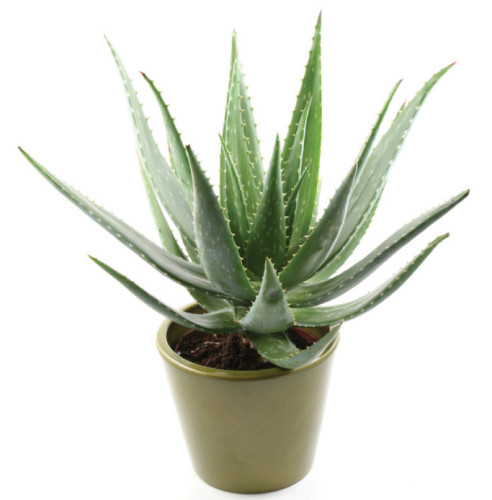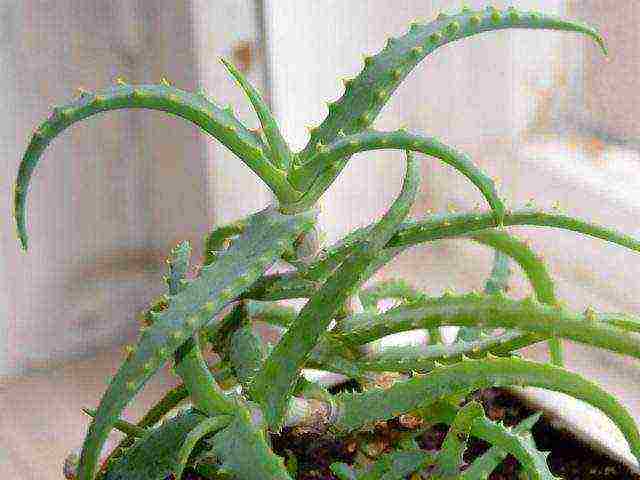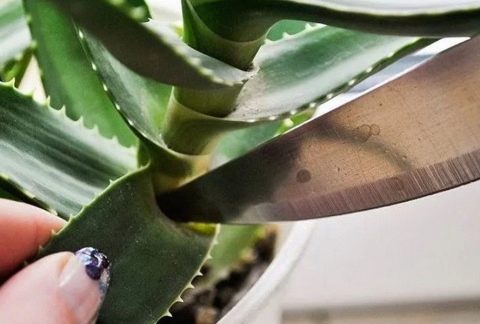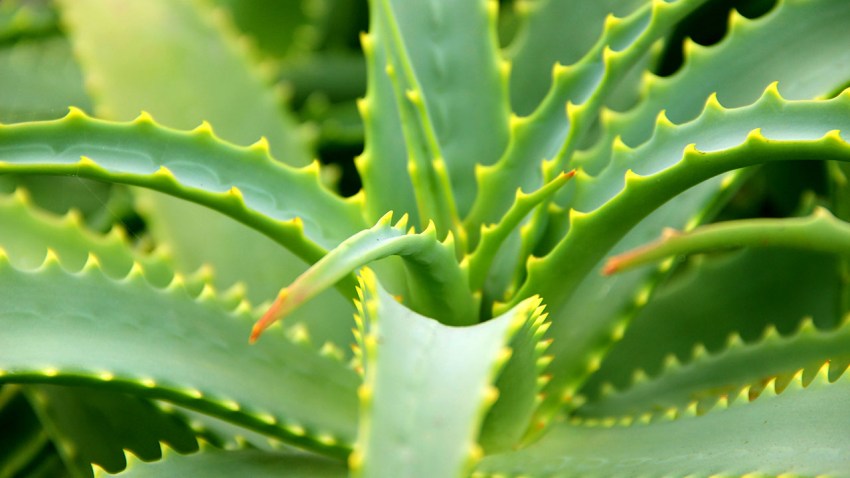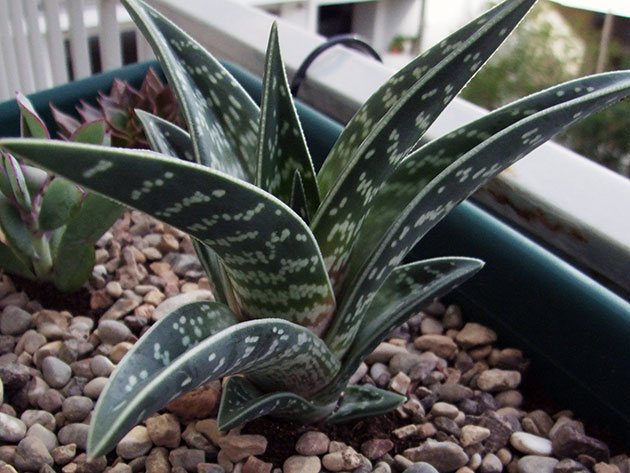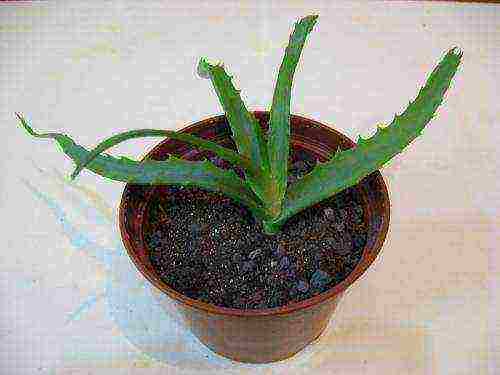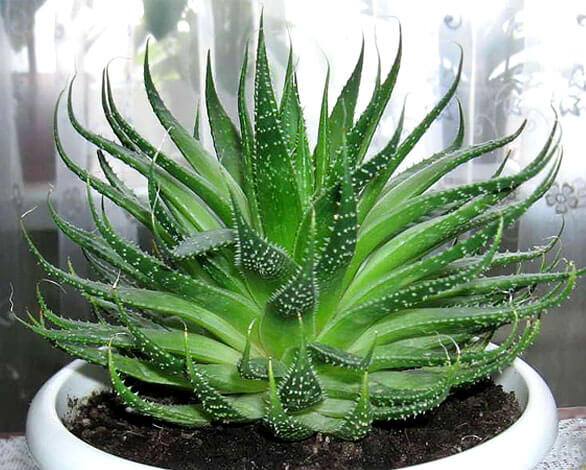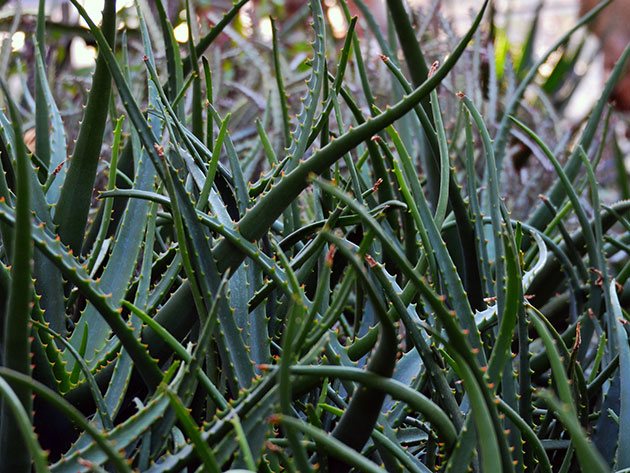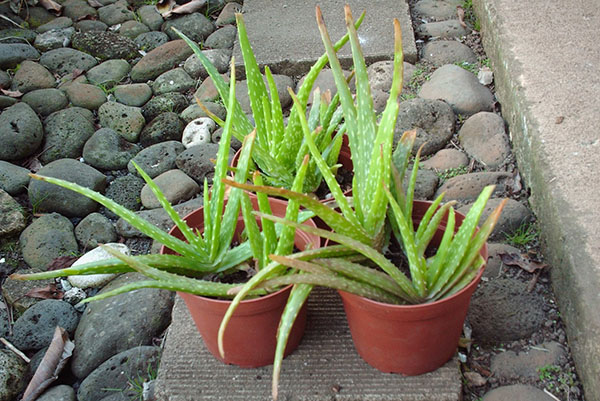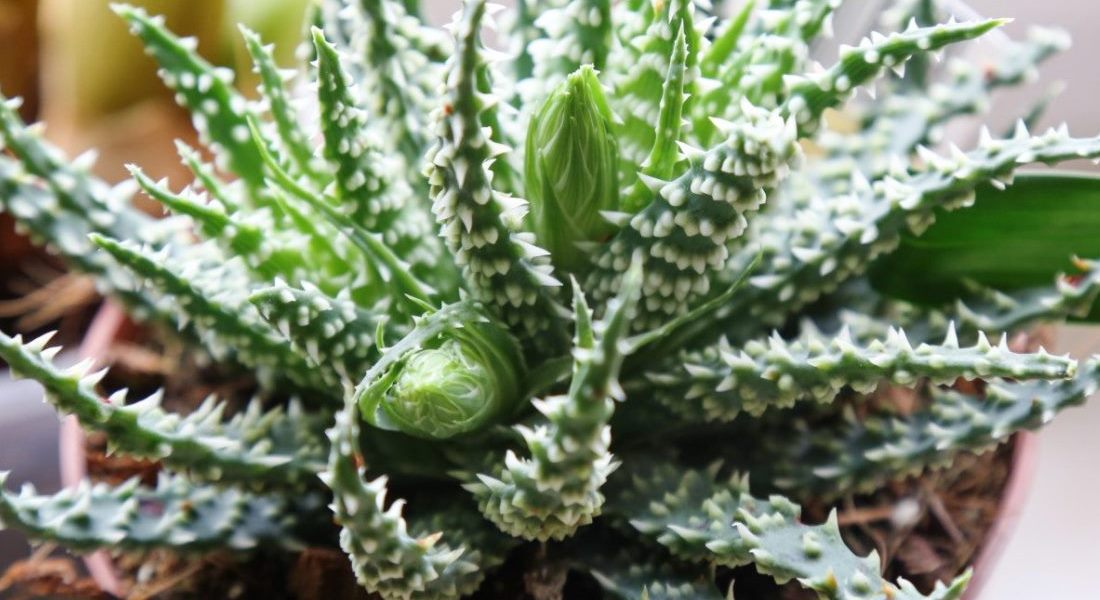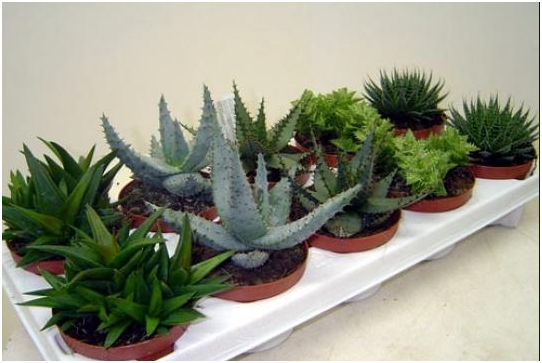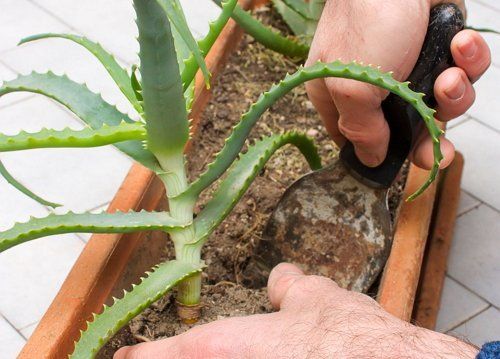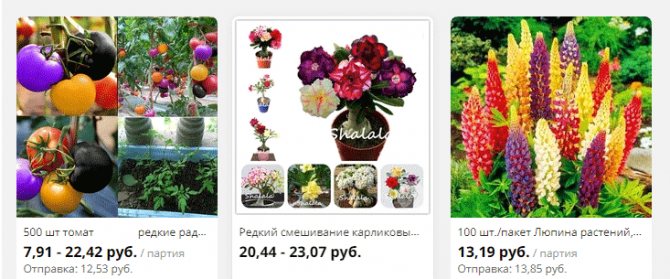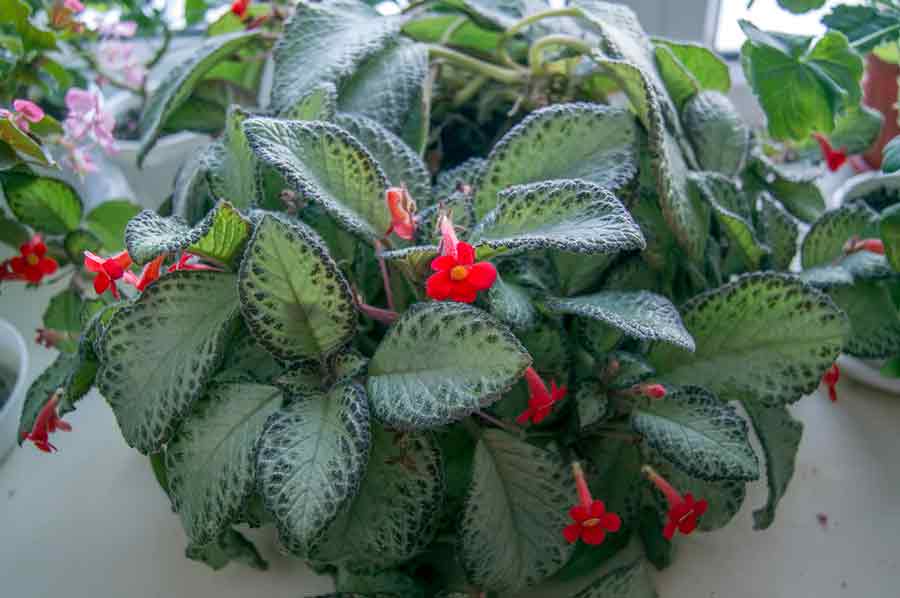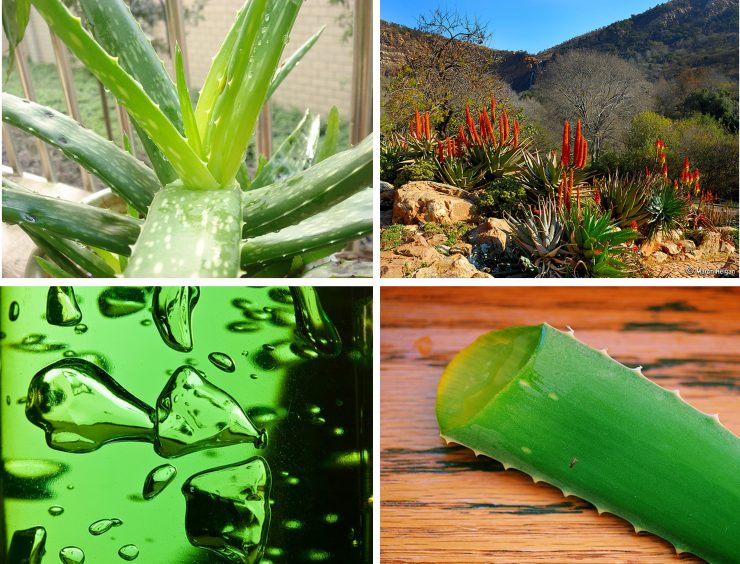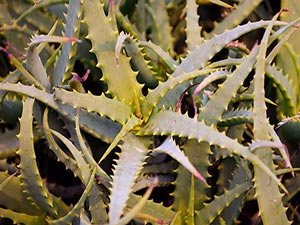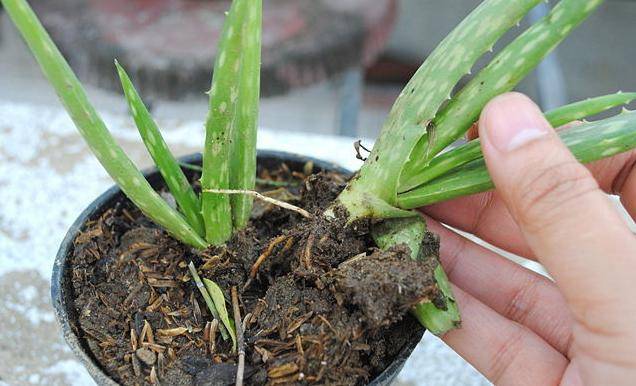How to choose?
The main criterion that determines the choice of aloe variety is the preferences of its owner (namely, for what purposes he is going to use the acquired succulent - medicinal or decorative). If we highlight the requirements that the leaves of the plant of interest to the grower must meet, then their list will look like this:
- fleshiness and firmness;
- rich color;
- no damage.
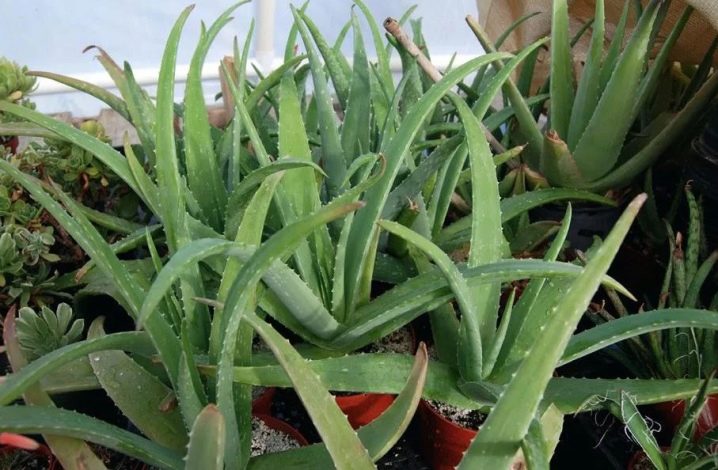
The choice of aloe cuttings used as planting material is also worthy of attention. This part of the succulent should be of sufficient length (at least 5 cm) and strong fleshy leaves (at least 2-3 pieces).
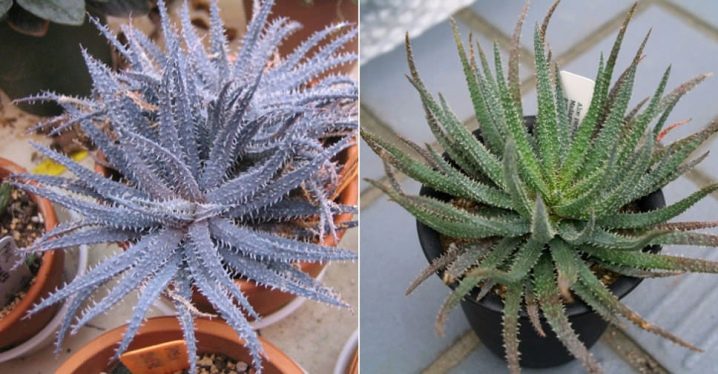
When is aloe able to bloom?
The plant belongs to succulents, unpretentious to living conditions, perfectly tolerates prolonged drought. You can safely leave it for 2-3 weeks without worry, leaving on vacation.
Under natural conditions, aloe undergoes significant temperature changes, experiences periods of rest and increased activity... It is these changes that the pampered houseplant lacks.
Most often, a flower pot with a succulent plant stands in a room where a comfortable temperature is maintained within 22-25 degrees, water it along with the rest of the plants. In such conditions, flowering cannot be expected.
To awaken the craving for the formation of a peduncle, it is required to artificially create a dormant period for aloe, after which a new life cycle will begin. The winter months are best suited for this.
Aloe must be over 5 years old to bloom. And ideally, you need to have a plant that has already passed the ten-year mark. In the first 3 years of the life of the succulent, leaves and roots are actively formed, therefore, it is impossible to achieve neither medicinal properties nor flowers from aloe at this time.
How to transplant an adult plant into another pot
The work associated with aloe transplant is easier to divide into several stages. For example:
- Stop watering the flower one day before the event.
- If diseases are observed in aloe, it is better to free the flower from the old earth altogether. Rinse the root system, cut off the old roots.
- Laying out the drain at the bottom of the container is a prerequisite. Add soil on top.
- Place the plant in the center of the pot, observing the condition of the roots. The stem of the flower should be just below the edge of the pot.
- Cover the roots with earth, ensuring uniformity. Tamp each next layer a little.
Watering after transplanting should be rooted.
Important! Water should not cause the plant to rot. Aloe must be protected from direct sunlight
What kind of pot is needed
Home plant pots surprise with their variety. The shapes, textures and colors are very diverse, what kind of pot is needed for aloe is sometimes incomprehensible. The container affects the external characteristics of the plant, therefore the stage is one of the most important.
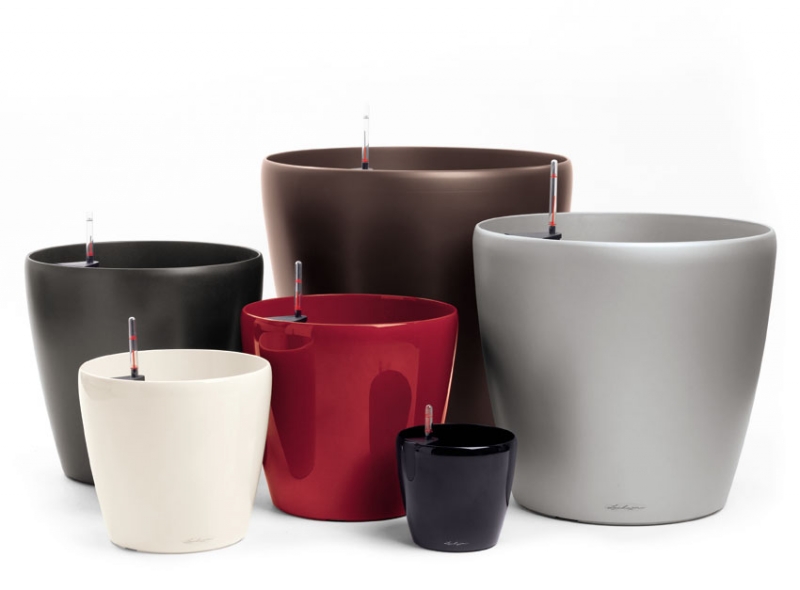
Variety of pots for indoor plants
Aloe is enduring, but a lot depends on the right pot. For example, a flower pot is a decorative vessel without a pallet. The accessory is smart in itself, so it hides the unattractiveness of the succulent.
For aloe roots, it is important to allow for adequate space. However, you should not initially choose a large pot.In the future, an even larger container will be needed.
Dark pots should not be considered as they bask in the sun. Rectangular containers are considered not very useful. In the corners, water accumulates in them, mold appears, ventilation deteriorates.
Important! The optimal container size for one flower is 10-14 cm.If the plant is large or there are several aloe in the pot, the diameter of the pot should be 20-25 cm
When choosing a container, it is necessary to take into account the root device of the plant.
When choosing one or another container, the material of the pot must be taken into account. Most houseplants do well in ceramic crockery. Planters of this type are not only beautiful, but also environmentally friendly. Ceramics are characterized by the presence of pores through which oxygen penetrates inside. Thanks to this uniqueness of the material, a high-quality climate is maintained inside. A ceramic pot is indispensable for plants that do not tolerate waterlogging. Aloe is just such.
Land requirements
Aloe grows in nature in places where it is very hot, and there is a minimum of rain. In the room, the type of cactus prefers a loose soil substance
It is important that breathability is present. The land should be well-drained
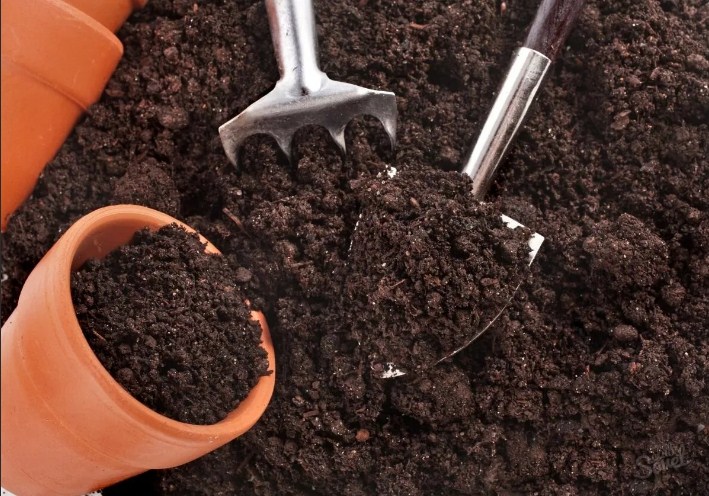
Loose soil for planting
If the plant does not like the selected soil, the flower will react accordingly. For example, yellowing and early death of aloe will begin. To prevent this, it is better to choose soil with a slightly acidic pH, up to 7 units.
Baking powder required:
- gravel chips;
- perlite mixture;
- vermiculite mixture;
- crumb of bricks;
- small coals.
Basic components of the mixture:
- turf;
- ordinary land;
- sandy ground;
- fresh humus.
The main characteristics and description of the plant
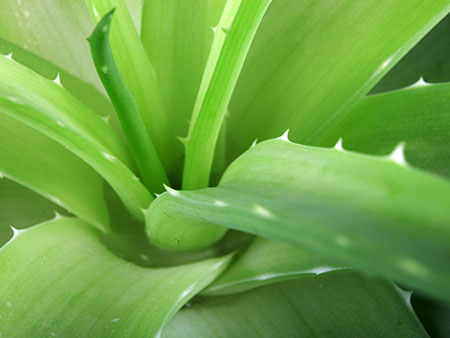
For the first time, mention of this plant is found on the cuneiform tablets of the Sumerians, the dates of production of which are more than 2000 years BC. NS. Also, this plant is depicted on the walls of some temples located in Ancient Egypt, which are also thousands of years old.
The appearance of this medicinal perennial and its biological characteristics indicate that aloe was born in hot and arid climatic conditions and only many years later began to spread to other continents. Under natural conditions, aloe can be found in all countries located on the Arabian Peninsula, Madagascar, the Canary Islands, as well as in a number of North African states.
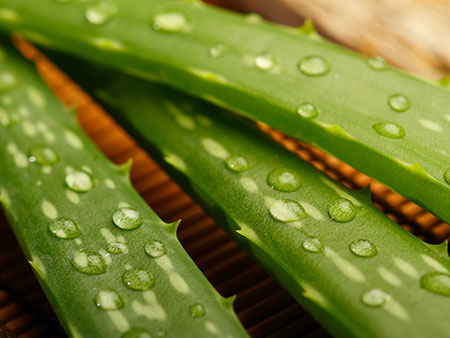
The variety of aloe vera is the most popular and useful perennial of all species, it has various healing properties, therefore in many countries it is grown on an industrial scale, there are many factories for processing this raw material - words, growing and processing aloe vera is a profitable business.
From seed
It is advisable to plant seeds in late February - early March. It is necessary to prepare the earth, fill it in a flat small container. The seeds are laid out on moistened ground and then sprinkled with sand. The centenary should be planted to a depth of about 1 cm.
The container with seeds must be installed in the greenhouse
It is important that the temperature is +21 degrees. Moderate watering is needed while growing aloe
Do not allow the earth to dry out. As soon as sprouts appear, you need to spray them with water.
When 3-4 leaves appear, the children are transplanted into separate containers 5 cm high. After a year, the plants are transferred to a suitable-sized dish.
Flowering and dormant period of aloe vera
In its natural environment, aloe vera blooms twice a year - in spring and autumn. This period often lasts about six months. In temperate climates, you can forget about the annual flowering of the succulent, in at home he and may not bloom at all.
The dormant period continues during the cold season. It is recommended to take it to a cooler place so that the succulent can recuperate. If the plant has faded, it is worth removing the peduncle until the seeds have formed.
Reproduction of Barbados aloe
Propagating a plant is as easy as caring for it. Most often, the propagation procedure is carried out by cuttings. There are other methods with an increased level of complexity.
Cuttings
For planting, this method is most often chosen, since it is easier. The leaf cutting should be separated from the mother plant and kept in a dark room for 1 to 2 weeks. During this time, he will have time to dry out, which will increase the chances of his successful rooting in the future.
Harvesting cuttings
The lower part of the cutting is deepened into a previously prepared substrate by 3-4 cm, the roots are waiting for the appearance. Rooting is slow. During this time, the leaf may rot. His condition is constantly monitored.
Growing from seeds
There are other ways to reproduce a flower. At the same time, they wait 2 years until the succulent takes on a decorative appearance. Not all purchased seeds germinate evenly. The method is relevant when the listed disadvantages do not bother the grower.
For planting, it is recommended to choose the time from late January to early March, since during the same period the plant begins to germinate in its natural environment. Before sowing, the seeds must undergo scarification: using fine-grained sandpaper, they damage their protective shell in order to improve the germination process.
After that, the planting material is placed on a cloth and poured with water, seedlings appear in a week. The presence of roots signals that seeds can be planted. They are sprinkled on top of the ground, and on top they are covered with a small amount of river sand. After that, the soil is sprayed from a spray bottle and placed in a greenhouse until the first petals appear.
What conditions are needed for regular flowering
The flowering period for aloe vera occurs in the spring, early or mid-March. The first inflorescences appear in a young plant only 4 years after planting. Then, subject to all the rules for caring for a succulent, it can bloom annually.
Blooming peduncle.
Aloe must be prepared in advance for the flowering period. With the onset of winter, it must be transferred to a cool, but well-lit room. The air temperature should be between +10 and +12 ⁰С. Since the succulent comes from hot and sunny countries, it also really needs light in winter. If natural light is not enough, fluorescent lamps can be used to illuminate the aloe.
Watering aloe in winter is rarely necessary, about once a month. Before watering, you need to check if the soil has time to dry. At the same time, it is also not worth overdrying the soil too much. You also need to monitor the humidity in the room. It should not be high, otherwise the roots of the succulent may begin to deteriorate.
After the onset of warm weather, more than +10 ⁰С, aloe should be periodically taken out to fresh air. Gardeners recommend first exposing the succulent to the sun for one hour, gradually increasing the time. Then the plant can be left on the balcony for the whole day, taking it into the room only for the night. In summer, if the air temperature does not drop much, aloe can be completely transferred to the street.
During the period of bud formation, aloe needs cool air, but when the inflorescence begins to bloom, the succulent must be rearranged in a warm room. It is desirable that the temperature is between 21 and 30 С. The minimum temperature at night should not be lower than 15 ⁰С.
Varies during flowering and watering frequency. If at the usual time the succulent is watered once a month, then when a flower appears, this should be done about once a week.
In this case, it is very important to prevent waterlogging of the soil, otherwise the roots may begin to rot, which will lead to the death of the plant.
When watering a plant, you do not have to worry about water getting on the leaves - aloe is not afraid of this.
When the aloe flowers begin to crumble, the peduncle must be cut off at the root. If this is not done in time, it will drain the plant.
Aloe vera fruit is rarely formed at home. They are tied only with cross-pollination, which is almost impossible to provide at home.
Transplanting adult plants
Young seedlings, planted plants or an adult aloe are transplanted in the same way - the only difference is in the size of the planting container.
An adult bush should be transplanted when the roots have completely filled the flowerpot, the plant brought from the store is left for acclimatization for 19-21 days, and only then they are transplanted.
Aloe transplant
20-24 hours before transplanting an adult plant, the soil in the pot is watered abundantly.
It is best to transplant this flower together.
Carefully remove the aloe from the container, lightly shake off the soil and determine at a glance by the state of the root system which new pot should be taken by volume.
Drainage material is placed on the bottom of the new container, it should fill the pot by about 1/5 part. A layer of soil 2-3 cm thick is poured on top.
The transplanted perennial is placed in a container, holding it in weight so that the roots do not touch the soil layer and do not bend, and the base of the plant is about a couple of cm below the top of the container.
The soil is carefully poured into the container, tamping it lightly layer by layer
In this case, it is better for one to hold the plant, and to the other - pour soil into the pot.
Then the transplanted bush is watered. During watering, care must be taken that moisture does not get on the foliage and does not accumulate inside the outlet - this can serve as an impetus for the plant to rot.
After transplanting, it is better to remove the plants in a shaded place for a few days so that they acclimatize better and faster.
Transshipment
- The plant is removed from the pot along with a lump of earth.
- Without removing the old soil, put a lump on the drainage layer in a new container.
- Pour new soil around the root system and compact it a little.
- After transshipment, unlike transplanting, the plant is watered abundantly.
Diseases
Problems when growing aloe often arise from violations in the maintenance of the plant.
- Leaf curling can occur at low humidity. It is sometimes necessary to wipe the leaves with a damp sponge.
- Yellowing and softening of the leaves occurs with excessive watering or watering with cold water.
- Drying of the tips of the leaves indicates a lack of nutrients, a cramped pot. It is necessary to transplant the plant.
- Root rot develops in conditions of low temperatures and excessive watering. If the lack of growth of aloe is accompanied by drying of the stem, then the plant should be checked for the presence of root rot. The decayed roots are cut off, the cut is sprinkled with coal, more sand is added to the new soil. Watering is carried out three weeks after the transplant.
- Dry rot is manifested in the drying out of the plant, while the roots are in a normal state. The plant must be treated with antifungal drugs.
Note! Dry rot is more dangerous because there are no external symptoms other than a sharp deterioration in the condition of the aloe. Its roots dry out rapidly, the plant dies
Dry rot can be prevented by proper care of aloe, since a healthy plant can independently cope with the rudiments of the disease.
Of the parasites that attack the plant, the most common are spider mites and scale insects. The first of these is a millimeter parasitic insect, whose presence is often impossible to detect due to its too small size. Signs of damage are a thin cobweb and drying, yellowish leaves. You can get rid of a spider mite with the help of acaricides, but in order to prevent it, it is better not to allow the soil to dry out, since the ideal environment for this parasite is dry land and insufficiently humid air.

Aloe diseases
The scale is easily visible and looks like a wax-like plaque on the leaf surface. Insects multiply rapidly and form entire colonies, clinging to the pulp and inhibiting the plant's ability to photosynthesize. It is better to isolate the affected aloe from others, disinfect the pot and buy a special scabbard remedy.
How to propagate by scions?
Often, an adult aloe grows outgrowths, which are called babies, appendages. They are basal processes with their own autonomous root system. Young babies take away nutrition from the mother plant, thereby weakening it
Therefore, it is so important to transplant them. Reproduction by shoots is a natural method that makes it possible to get a young plant immediately.
This method consists in separating the babies from the mother's bush and transplanting them into the ground. It allows you to grow several young aloe bushes at once. Usually it is combined with a transplant of the mother bush, so as not to disturb the plant once again.
First, children are selected and separated in the following sequence:
first of all, you need to moisten the soil well;
take the pot, tilt it slightly and carefully remove the aloe from it;
then inspect the root system and find out the level of development of the roots of the children - you need to take shoots with well-developed roots.
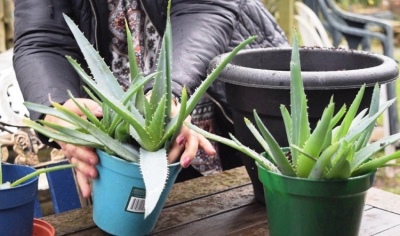
Next, you need to separate the kids
This can be done by hand, gently releasing the roots of the shoots, while being careful not to damage the mother's root system. If this fails, then you have to make cuts with a sharp instrument.
Places of cuts must be sprinkled with charcoal powder.
Separated children should be allowed to dry out for several days.
After that, they begin to plant the processes.
- The bottom of the prepared bowl is covered with a layer of drainage, and the soil mixture is poured on top and moistened.
- After 30 minutes after watering, removing excess water, you can plant the appendages. They are deepened into the soil to the lower first leaves (about 1 cm). The soil is slightly compacted.
- For the first 10 days, the scions need to be watered every day. Then watering is reduced. It usually takes about a month to root. Soon, new leaves appear on the young aloe.
Sometimes it happens that a young process breaks off and remains without a root. But even he can regrow the roots.
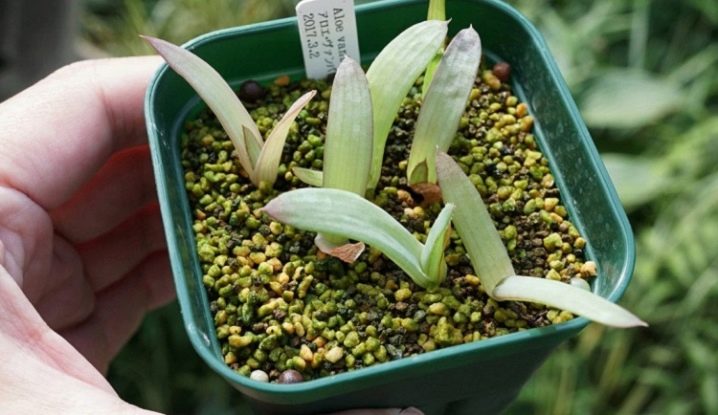
Growing aloe
Agave and aloe vera have a lot in common with their care. Both plants prefer an abundance of sunlight and regular, but not frequent watering, need additional feeding during the period of active growth, they also reproduce in the same way.
Reproduction of aloe
Treelike aloe and aloe vera can be propagated both by seeds and vegetatively: cuttings, upper shoots and basal processes.
After ripening, the seeds are sown in small containers in late winter - early spring. The temperature in the room should not be lower than 21 ° C. Use a special soil for succulents or prepare the soil yourself from leafy, turfy soil and sand (in a ratio of 1: 0.5: 1). Place drainage on the bottom of the container.
After germination, the seedlings are transplanted into small pots, one at a time, into the soil, consisting of leafy and soddy soil (1 part each), as well as sand (0.5 part). You can add some charcoal and brick chips to the potting mix. Water the sprouts sparingly, avoiding waterlogging. After a year, the plants are transplanted using the transshipment method.
Aloe cuttings can be propagated throughout the year, but it is best done in the spring and summer. Unlike other plants, cuttings of a succulent for germination cannot be placed in water, however, as well as leaves if you want to propagate it with them.
Instead, put cuttings or leaves for several days in a dark place to dry. Then powder the cut with activated carbon powder or any root-forming agent, for example, Kornevin, and plant it in wet sand to a depth of 1 cm.A week later, when the roots appear, transplant the cutting into a separate pot.
The upper shoots and basal shoots of aloe are propagated according to the same principle as cuttings. Only in the sand they are deepened by 2-4 cm more and tied up with pegs. After rooting, caring for them is normal.
Aloe care
In nature, aloes survive in conditions in which other plants wither and die. But this does not mean at all that on the windowsill they do not need care.
Although aloe is a light-loving plant, you should not expose it to direct sunlight. Just keep it on the sunny side.
It does not tolerate succulent and excessive watering, because of which it may develop root rot.
An overabundance or lack of moisture can be judged by the appearance of aloe leaves. If brown spots appear on them, then the plant is waterlogged. The yellow tint of the leaves and their curling indicate insufficient watering.
From April to October, you need to water the succulent once a week, and the rest of the time - once a month. Under the root of the plant, you need to pour no more than 100 ml of settled water, for large specimens - no more than 1 glass. Make sure that the liquid does not get on the leaves.
Aloe also needs constant ventilation, because fresh air is important for him. In the summer, it is better to put it on the balcony or take it out into the garden if you live in your own home.
The succulent is also unpretentious in terms of temperature, but it should not fall below 10-15 ° C.
Due to the fact that aloe is actively growing from April to September, it should be fed monthly with special fertilizers for succulents. But the use of universal fertilizers should be abandoned.
Aloe is transplanted in the spring: young plants annually, adults - once every 2-3 years.
How to propagate aloe at home?
Everyone will be able to have a healthy medicinal aloe at home, growing and caring for which is easy at home.
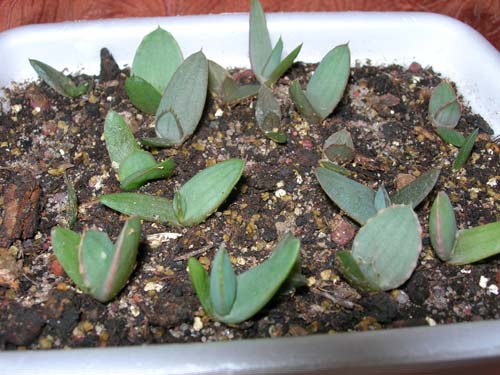
The plant can be easily propagated in different ways:
- cuttings;
- sheet;
- top;
- sockets;
- seeds.
The easiest way to grow a flower is from cuttings that are harvested from side shoots. They take root quickly and take root easily if properly prepared.
Cut stepsons need to be held for several days in a dark place without water and substrate. After that, they take root faster.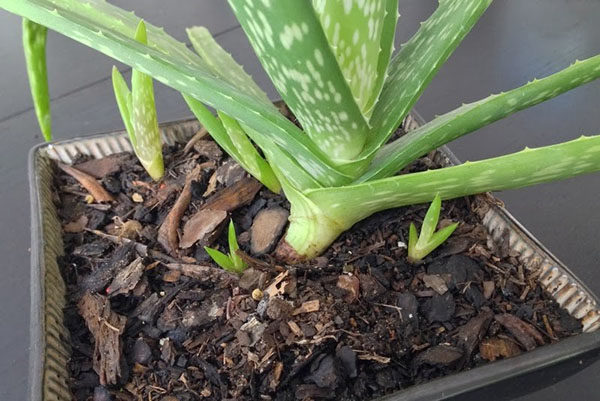
After that, they can be placed in water or in damp sand, without deepening the stem more than 1 m. Usually, the roots appear after a week, and the cuttings can be planted in pots.
When propagating by rosettes growing at the base of the plant trunk, they can be immediately planted in the ground, since the rosettes have their own root system. When propagating aloe with the tip, you need to hold the cut part in the air in a dark place, and then leave it in the water. After a few days, it will have roots, after which the plant can be planted in the ground. In this way, old plants with a bare trunk are usually rejuvenated.

If a leaf is used for reproduction, then it must also be dried, treated with the cut part with charcoal and placed in water, or immersed in moist sandy soil. When growing aloe from a leaf in sandy soil, you should monitor the moisture level of the substrate, otherwise the leaf will simply dry out without water.
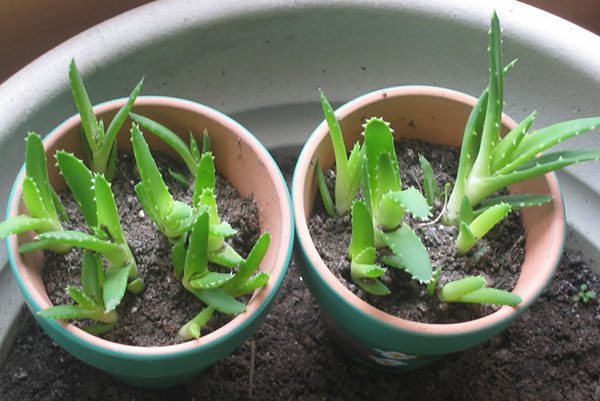
Aloe can be hardest to reproduce by seed. Sowing is carried out at the end of winter in sandy soil and a special microclimate with a high level of humidity is created by covering the container with a transparent film. When sprouts with several leaves appear on the surface, you can start diving, transplanting them into small pots.
 You may be interested in:
You may be interested in:
Lavender: Growing from seed Lavender is a beautiful and elegant plant. It belongs to the family of perennial plants and germinates in the form of ... Read more ...
Aloe vera - what kind of flower is it, why is it called so
Aloe vera is a succulent herb that is widely used in cosmetology and medicine. The flower can exist in conditions where other plants do not grow, since in extreme situations it is able to retain moisture inside the leaf.

Aloe vera in a pot
A short description of what aloe vera looks like
Underdeveloped root system with a short stem. A rosette with leaves can be more than half a meter in diameter. The variegated leaves have thorns at the edges. Tubular orange flowers in the wild appear on scarlet every 2-3 years.For indoor plants, the period is increased to 15 years. Often, a flower does not bloom even once throughout its life. Translated from Latin means "aloe present".
What is different from the agave
Many people ask the question: agave and aloe - what's the difference? At the moment, botanists have identified more than 500 species of aloe, among which the most popular are vera aloe and tree aloe. Their chemical composition is almost completely the same. Aloe tree and aloe vera are not the same plant. It is worth taking them in various cases: the agave is used to heal the skin, and aloe vera is used internally.
It is easy to distinguish an agave from aloe by external indicators: the first has a strong trunk from which leaves grow, and the second has a bushy structure and luscious foliage tending upward.
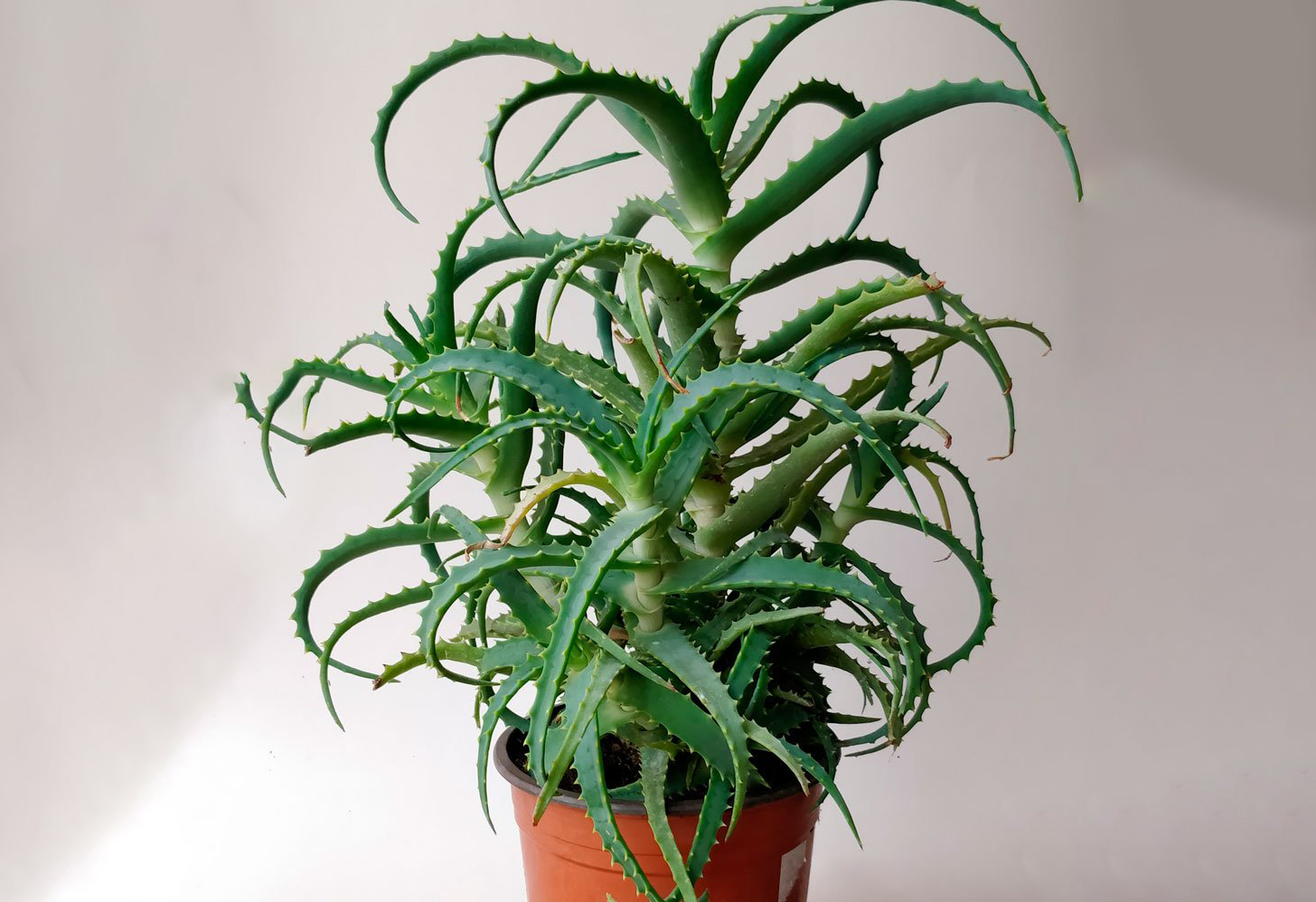
Centenary in indoor conditions
Medicinal and useful properties
The flower contains a large number of components that are beneficial to the human body. Scarlet and scarlet vera are one and the same plant. Aloe vera contains B vitamins, ascorbic and folic acid, K, Ca, Cu, Zn, Mg. Among the positive properties that succulent provides:
- accelerated tissue regeneration, preventing scarring;
- removal of irritation;
- disinfecting effect;
- providing a tonic effect on the body.
The flower can be harmful if there are diseases of the kidneys, bladder, liver. It cannot be used as a medicine during pregnancy, tuberculosis, allergic reactions to the plant.
Additional Information! For the collection of material as a medicinal component, it is recommended to choose the lower leaves of the succulent, which are at least 15 cm long. In this case, the leaf is broken off at the very base, applying the plant juice immediately.
How to propagate aloe at home?
The vitality and endurance of aloe is fully reflected in the variety of ways in which it can be propagated. At home, most often offspring from an adult plant are obtained with the help of:
- cuttings, that is, the separation and rooting of lateral shoots;
- the top of a bush or one of their adult shoots;
- sheet;
- daughter rosettes formed at the base of an adult bush;
- seeds.
One of the easiest and most guaranteed successful ways to propagate aloe is by rooting cuttings. Lateral shoots appearing in the axils of mature leaves can be cut all year round. They root easily and acclimate after transplanting.
Such "stepchildren" are cut off at the very base, the cut is treated with coal powder. And then they are not planted in a substrate or put in water, but for 2-4 days they are dried at room temperature in a dark place. Only after such preparation are the cuttings ready for rooting. The same manipulations are carried out before planting aloe without a root, for example, after its decay or unsuccessful division of the bush.
Cuttings root easily both in wet sand or vermiculite and in plain water. When rooting in the substrate, future plants can be dropped in several pieces at a distance of about 5 cm from each other. The stem is not buried more than 1 cm.If the cuttings are in a humid warm environment, after a week, powerful root rudiments appear on the seedlings, and the aloe can be transplanted into separate pots.
At home, aloe multiplies without visible problems by daughter rosettes that appear at the very base of an adult flower. How to plant an aloe sprout? Young rosettes have their own root system, so they are free to separate from an adult bush during spring repotting or in summer.
You shouldn't part with such aloe. It can be rejuvenated by cutting off the top and planting it in a separate pot. To do this, cut off the upper part of the stem with 6-7 mature leaves.
But how do you transplant aloe without a root? To root such planting material, the top is dried and placed in water.After a few days, roots will appear on the plant, and in the future, the seedling can be easily transplanted into a separate pot.
Small plants also form at the base of a leaf plucked from the lower tiers of the stem. Before propagating an aloe leaf at home, it, like the stalk, is dried, and then, after processing with charcoal, the planting material is immersed in water or in sandy soil
In this case, it is extremely important to maintain the moisture content of the substrate, otherwise the sheet will dry out quickly.
Aloe seed propagation is the longest and most laborious way. Sowing is carried out at the end of winter in a light, loose substrate based on sand and garden soil. At room temperature and high humidity, the seeds hatch quite amicably and grow until a pair of real leaves appear on them. At this time, the aloe dives, transplanting the sprouts into small separate pots. A year later, home care for aloe is carried out as usual.

